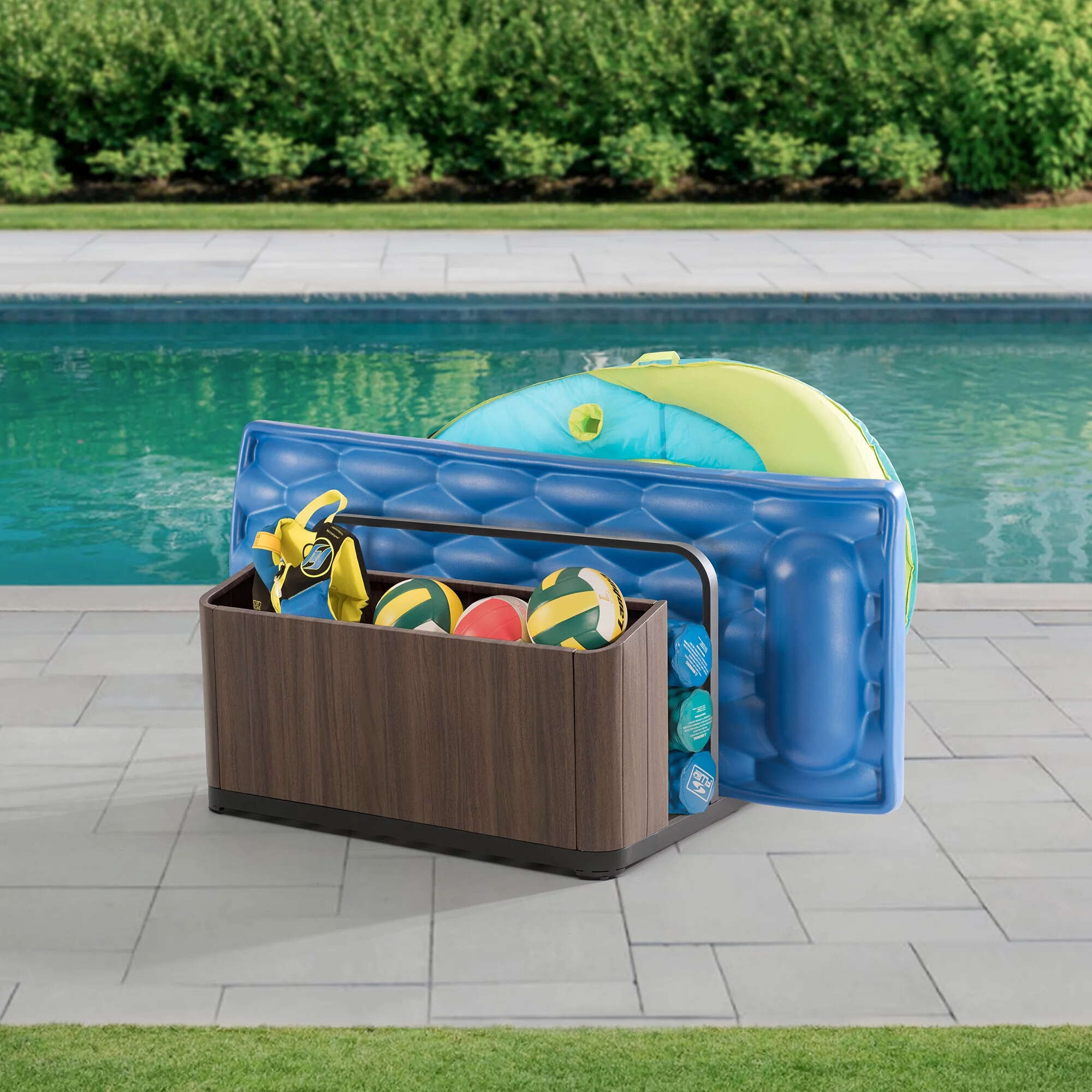

Articles
How To Store Pool Floats For Winter
Modified: December 7, 2023
Learn how to store pool floats for winter with these helpful articles. Keep your floats in great condition and ready for next summer!
(Many of the links in this article redirect to a specific reviewed product. Your purchase of these products through affiliate links helps to generate commission for Storables.com, at no extra cost. Learn more)
Introduction
As the warm days of summer come to an end and the chilly winds of winter start to blow, it’s time to think about storing your pool floats. While pool floats provide countless hours of fun and relaxation during the summer months, they require proper care and maintenance to ensure their longevity. Storing your pool floats correctly during the winter season is essential to protect them from damage and ensure they are ready for use when summer rolls around once again.
Why is it important to store pool floats for winter? Leaving your pool floats exposed to the harsh winter elements can lead to a variety of issues. Freezing temperatures can cause the plastic or vinyl material to crack or become brittle. Snow and ice accumulation can add excess weight to the floats, potentially leading to sagging or permanent deformation. Additionally, exposure to moisture can result in mold or mildew growth, making your floats unhygienic and unpleasant to use next summer.
To avoid these problems and extend the lifespan of your pool floats, it’s essential to follow the proper steps for storing them during the winter months. In this article, we will guide you through a simple and effective process to clean, deflate, dry, fold, and store your pool floats, ensuring they stay in great condition until it’s time to bring them out again in the summer.
Key Takeaways:
- Properly storing pool floats for winter is crucial to protect them from damage, mold, and deformation caused by freezing temperatures and moisture. Following the steps outlined in the article ensures their longevity and readiness for summer fun.
- Bonus tips such as using storage bags, inspecting floats before use, and considering alternative storage options provide extra protection and convenience. Taking these additional measures contributes to preserving the quality of pool floats during the winter months.
Read more: How To Store Pool Floats
Why is it important to store pool floats for winter?
Storing your pool floats properly during the winter season is crucial for several reasons. By taking the time to store them correctly, you can ensure that your pool floats remain in good condition and are ready to use when summer arrives. Here are a few key reasons why it is important to store pool floats for winter:
- Protects against damage: The winter season brings harsh weather conditions such as freezing temperatures, snow, and ice. Exposure to these elements can cause damage to your pool floats. The plastic or vinyl material can become brittle and prone to cracking, leading to permanent damage. By storing your floats indoors or in a protected area, you can prevent them from being subjected to these damaging elements.
- Prevents mold and mildew growth: Pool floats that are left outside during the winter months can be exposed to moisture from rain, snow, or condensation. This moisture can lead to the growth of mold and mildew, which not only ruins the appearance of your floats but also poses potential health risks. Storing your floats in a dry environment helps prevent the development of mold and mildew.
- Maintains flotation and shape: Properly storing pool floats helps maintain their flotation and shape. Leaving them exposed to the weight of snow and ice can cause them to become misshapen or sag. Additionally, deflating the floats removes any excess air, which can help preserve their original shape. By storing your floats in a controlled environment, you can ensure that they retain their structural integrity for future use.
- Increases lifespan: Taking care of your pool floats by storing them correctly can significantly increase their lifespan. When pool floats are left outside during the winter, they are more prone to damage, fading, and degradation due to constant exposure to the elements. By storing them in a clean, dry, and protected area, you can extend their lifespan and get more use out of them over the years.
By understanding the importance of storing pool floats for winter, you can take the necessary steps to protect and preserve these recreational items. Next, we will guide you through the process of cleaning, deflating, drying, folding, and storing your pool floats to ensure they remain in excellent condition until it’s time to enjoy them again next summer.
Step 1: Cleaning the pool floats
Before storing your pool floats for the winter, it is crucial to clean them thoroughly to remove any dirt, grime, or chemicals that may have accumulated throughout the summer season. This cleaning process will not only help maintain the appearance of your floats but also prevent any residue from causing deterioration during storage. Follow these steps to clean your pool floats:
- Prepare a cleaning solution: Fill a bucket or a large basin with warm water. Add a mild detergent or gentle soap to create a cleaning solution. Avoid using harsh chemicals or abrasive cleaners, as they can damage the material of the floats.
- Submerge the floats: Dip the pool floats into the cleaning solution, ensuring that they are fully submerged. Use gentle pressure to scrub the surface of the floats with a soft brush or sponge, removing any dirt or grime. Pay close attention to any stained or heavily soiled areas and give them extra attention.
- Rinse thoroughly: After scrubbing, rinse the floats with clean water to remove any soap residue. Make sure to rinse both the outer and inner surfaces of the floats to ensure a thorough cleanse.
- Dry completely: Allow the pool floats to air dry completely before moving on to the next step. It is important to ensure that there is no moisture trapped inside the floats, as this can lead to mold or mildew growth during storage.
By following these steps, you can effectively clean your pool floats, eliminating any dirt or residue and preparing them for storage. Once your floats are clean and dry, you can proceed to the next step of deflating them.
Step 2: Deflating the pool floats
After cleaning your pool floats, the next step in preparing them for winter storage is to deflate them. Deflating the floats not only saves storage space but also helps prevent any damage that may occur from overinflation or exposure to extreme temperatures. Here’s how you can deflate your pool floats:
- Locate the valve: Each pool float will have a valve that allows for inflation and deflation. This valve is typically located on the top or side of the float.
- Open the valve: Depending on the type of valve, you may need to twist it or use a small tool to open it. Ensure that you have a good grip on the valve to prevent any air from escaping prematurely.
- Press down on the float: With the valve open, press down on the float to release the air. Start from one end of the float and work your way towards the valve, applying gentle pressure to expel the air.
- Fold or roll the float: Once the air has been released, start folding or rolling the float tightly to remove any remaining air pockets. This will help minimize the size of the float and make it easier to store.
- Secure the valve: Before moving on to the next float, make sure to securely close the valve to prevent any air from re-entering. This will help maintain the deflated state of the float during storage.
Repeat these steps for each pool float that you have. Take your time to ensure that each float is properly deflated to prevent any issues during storage. Once your floats are deflated, it’s time to move on to the next step: drying.
Step 3: Drying the pool floats
After deflating your pool floats, it is important to ensure that they are completely dry before storing them for the winter. Moisture trapped inside the floats can lead to mold or mildew growth, which can damage the material and create an unpleasant odor. Follow these steps to properly dry your pool floats:
- Remove any excess water: Use a towel or cloth to gently pat the surface of the floats, absorbing any remaining moisture. Pay special attention to seams and crevices where water may be trapped.
- Air drying: Find a well-ventilated area, preferably outdoors, where you can lay the floats flat to air dry. Make sure to place them on a clean and dry surface, such as a clean towel or a drying rack.
- Rotate the floats: Every few hours, flip the floats over to ensure that both sides are exposed to air circulation. This will help speed up the drying process and prevent any moisture from lingering.
- Avoid direct sunlight: While air drying, it is important to avoid direct sunlight, as prolonged exposure to UV rays can cause fading and potential damage to the material of the floats. Find a shaded area or cover the floats with a light-colored cloth or sheet if necessary.
- Ensure complete dryness: Allow the floats to dry thoroughly for at least 24-48 hours, or until they feel completely dry to the touch. Avoid rushing this step, as moisture trapped inside the floats can lead to issues during storage.
By properly drying your pool floats, you can prevent the growth of mold or mildew and ensure that they remain in good condition for future use. Once they are dry, it’s time to move on to the next step: folding the floats.
To store pool floats for winter, make sure they are completely dry before folding or rolling them up. Store them in a cool, dry place away from direct sunlight to prevent fading and damage. Consider using a storage bin or bag to keep them clean and protected.
Read more: How To Store Large Pool Floats
Step 4: Folding the pool floats
Once your pool floats are clean and dry, the next step in preparing them for winter storage is to fold them properly. Folding your floats helps save space and keeps them in a compact and organized form. Here’s how you can fold your pool floats:
- Lay the float flat: Begin by placing the pool float on a clean and flat surface, ensuring that the valve is facing upward.
- Fold in half: Take one end of the float and fold it towards the center, creating a half-fold. Make sure to align the edges of the float as evenly as possible.
- Continue folding: Once the float is folded in half, fold it in half again. This will further reduce its size and create a more compact shape.
- Secure the fold: Depending on the size and shape of your pool float, you may need to secure the folded sections together. Use a bungee cord, Velcro straps, or even a sturdy piece of string to hold the folded float in place.
It’s important to note that some pool floats may have specific folding instructions provided by the manufacturer. If you have the original packaging or instructions, refer to them for any specific folding guidelines.
By folding your pool floats properly, you can maximize storage space and keep them in a neat and organized manner. Once your floats are folded and secured, it’s time to move on to the next step: storing the pool floats for the winter.
Step 5: Storing the pool floats
Now that your pool floats are clean, dry, and folded, it’s time to store them properly to protect them during the winter months. Follow these steps to ensure your pool floats are stored safely:
- Choose a suitable storage location: Find a clean and dry storage area for your pool floats. Ideally, this space should be away from direct sunlight, extreme temperatures, and moisture. Options include a garage, basement, or a dedicated storage shed.
- Stack or hang the floats: Depending on the available space and the design of your floats, you can choose to stack them or hang them. Stacking the floats on top of each other can be convenient for saving space, while hanging them can help maintain their shape. If stacking, place a clean towel or foam pads between each float to prevent any rubbing or damage.
- Protect from dust: Covering the stored floats with a clean sheet or fabric cover can help protect them from dust buildup. This additional layer of protection will keep your floats clean and ready for use when summer returns.
- Avoid heavy objects: Make sure not to place any heavy objects on top of your stored pool floats. This can cause deformation or damage to the floats, especially if they are stacked.
- Check periodically: Throughout the winter season, it’s a good idea to check on your stored floats periodically. This allows you to ensure they are still in good condition and to address any issues such as moisture buildup or mold growth.
By following these steps, you can store your pool floats in a safe and organized manner, protecting them from damage and ensuring they are in excellent condition when it’s time to use them again in the summer.
Step 6: Bonus tips for protecting pool floats during winter
In addition to the essential steps of cleaning, deflating, drying, folding, and storing your pool floats, here are some bonus tips to further protect them during the winter months:
- Use storage bags or containers: Consider using storage bags or containers designed specifically for pool floats. These can provide an additional layer of protection against dust, moisture, and pests.
- Store in a temperature-controlled environment: If possible, store your pool floats in a temperature-controlled environment. Extreme temperature fluctuations can negatively affect the materials of your floats. Keeping them in a stable temperature environment can help prolong their lifespan.
- Avoid storing pool floats on hard surfaces: Storing your floats directly on hard surfaces can lead to indentation or damage. Place a soft mat, towel, or foam pads underneath them to provide cushioning and prevent any potential harm.
- Inspect the floats before use: Before using your pool floats in the summer, it’s important to inspect them for any signs of damage or degradation. Check for leaks, cracks, or mold growth. If you notice any issues, repair or replace the floats to ensure your safety and enjoyment.
- Consider alternative storage options: If you have limited indoor storage space, consider alternative storage options such as hanging your pool floats on hooks or using wall-mounted storage racks. This can help free up floor space while still keeping your floats easily accessible.
By implementing these bonus tips, you can provide an extra layer of protection for your pool floats and ensure they are well-preserved during the winter season. Remember, proper care and maintenance will not only extend the lifespan of your floats but also contribute to endless fun-filled summer days by the pool.
Conclusion
Properly storing your pool floats for the winter is essential for maintaining their longevity and ensuring they are ready for use when the next summer season arrives. By following the steps outlined in this article – cleaning, deflating, drying, folding, and storing – you can protect your pool floats from damage caused by freezing temperatures, moisture buildup, and other winter elements.
Remember to clean your floats thoroughly, removing any dirt or residue, before deflating them to save space and prevent damage. Ensure they are completely dry to avoid mold or mildew growth during storage. Folding the floats in a compact and organized manner not only saves storage space but also keeps them in good shape.
When it comes to storing, choose an appropriate location that is clean, dry, and away from extreme temperatures. Stack or hang the floats to maximize space and protect them from unnecessary weight or pressure. Checking on your stored floats periodically throughout the winter is also advisable to address any issues that may arise.
Additionally, consider using storage bags or containers, maintaining a temperature-controlled environment, and inspecting your floats before using them in the summer. These extra steps will further protect your floats and ensure their longevity.
By taking the time to store your pool floats correctly during the winter, you can enjoy many more seasons of fun and relaxation in the pool. Proper care and maintenance will not only save you from the frustration of damaged floats but also save you money in the long run by extending their lifespan. So, follow these steps and enjoy your well-preserved and ready-to-use pool floats year after year.
Frequently Asked Questions about How To Store Pool Floats For Winter
Was this page helpful?
At Storables.com, we guarantee accurate and reliable information. Our content, validated by Expert Board Contributors, is crafted following stringent Editorial Policies. We're committed to providing you with well-researched, expert-backed insights for all your informational needs.
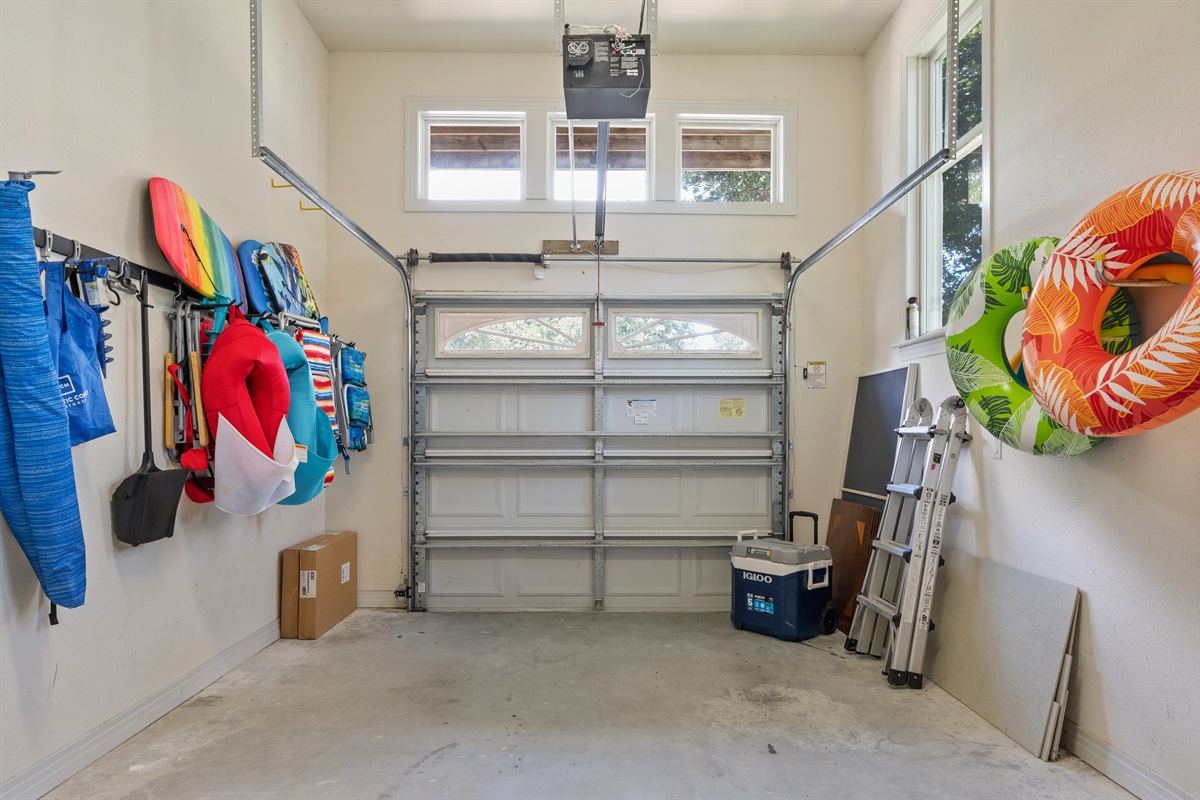
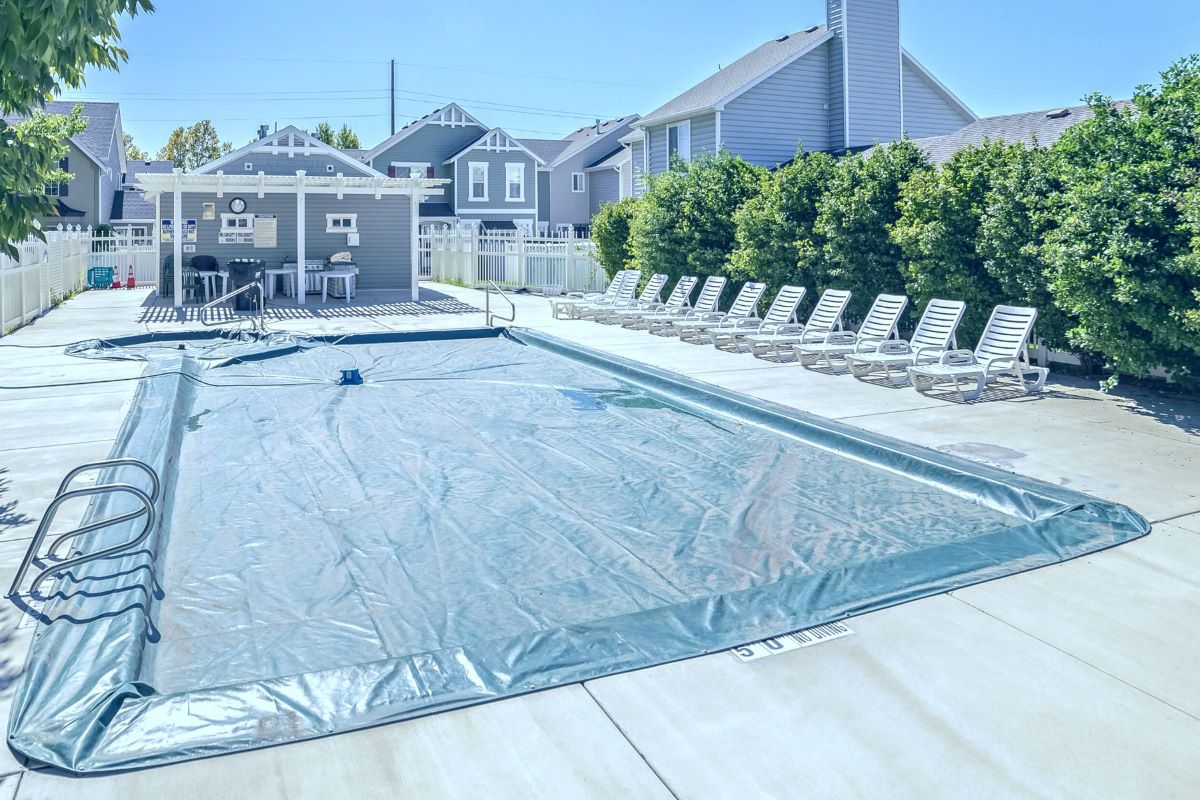
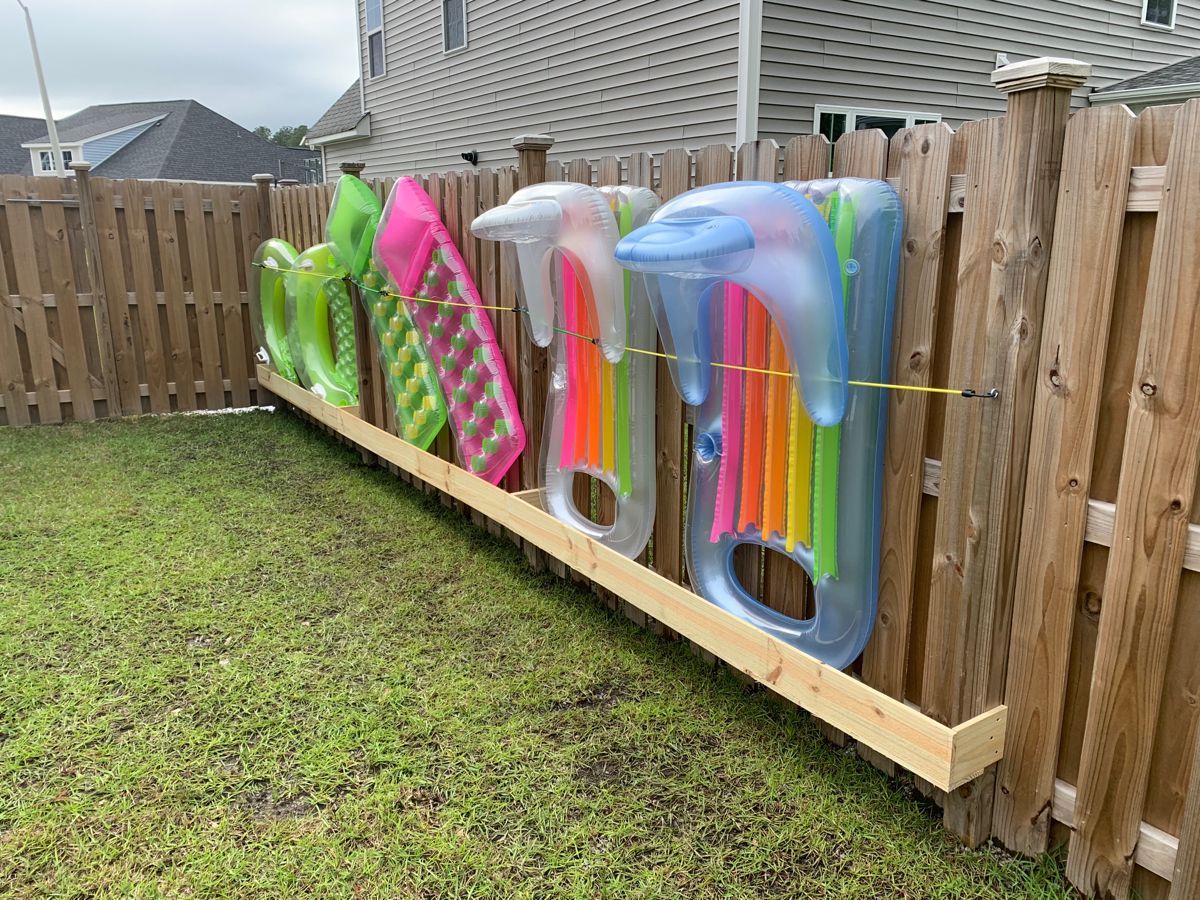

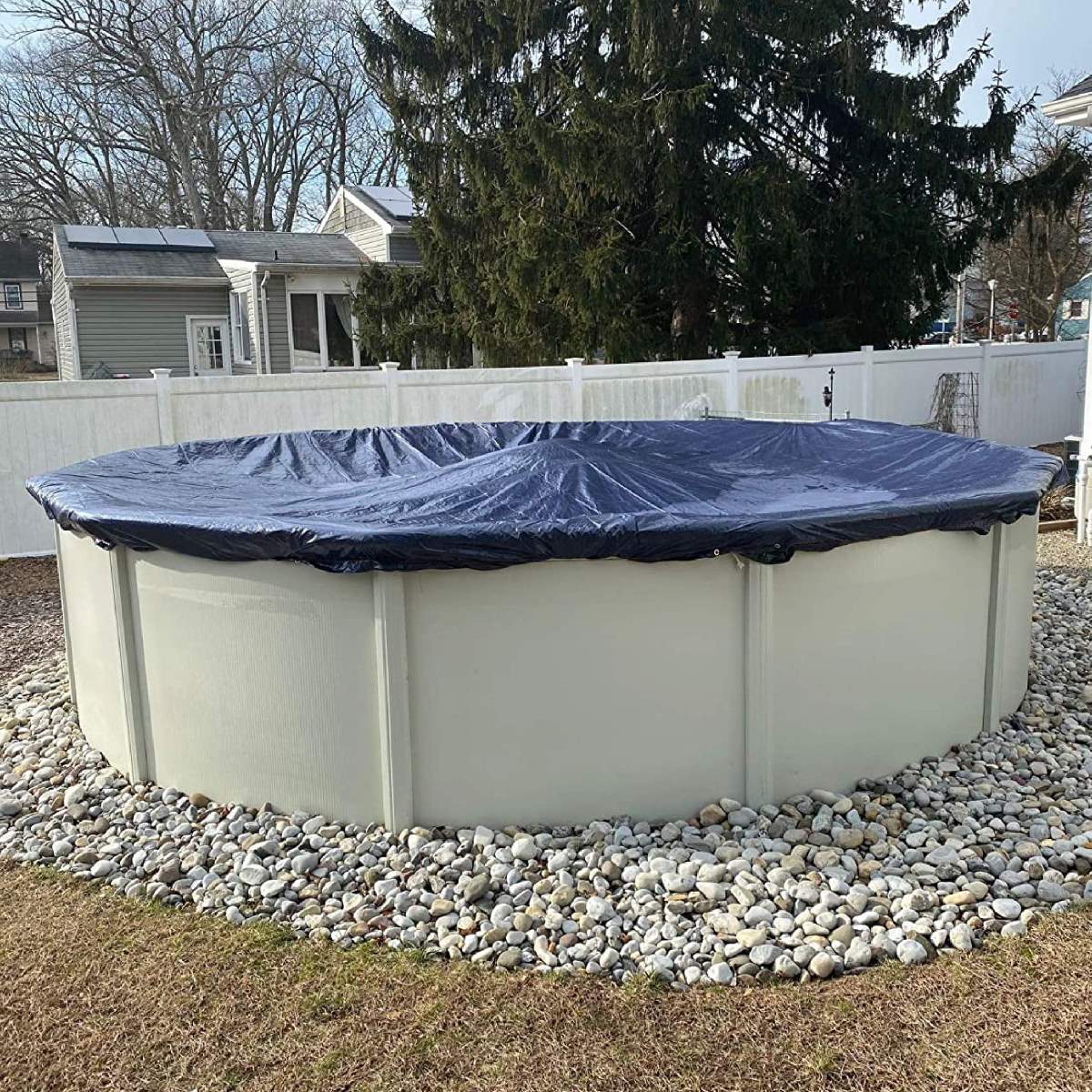
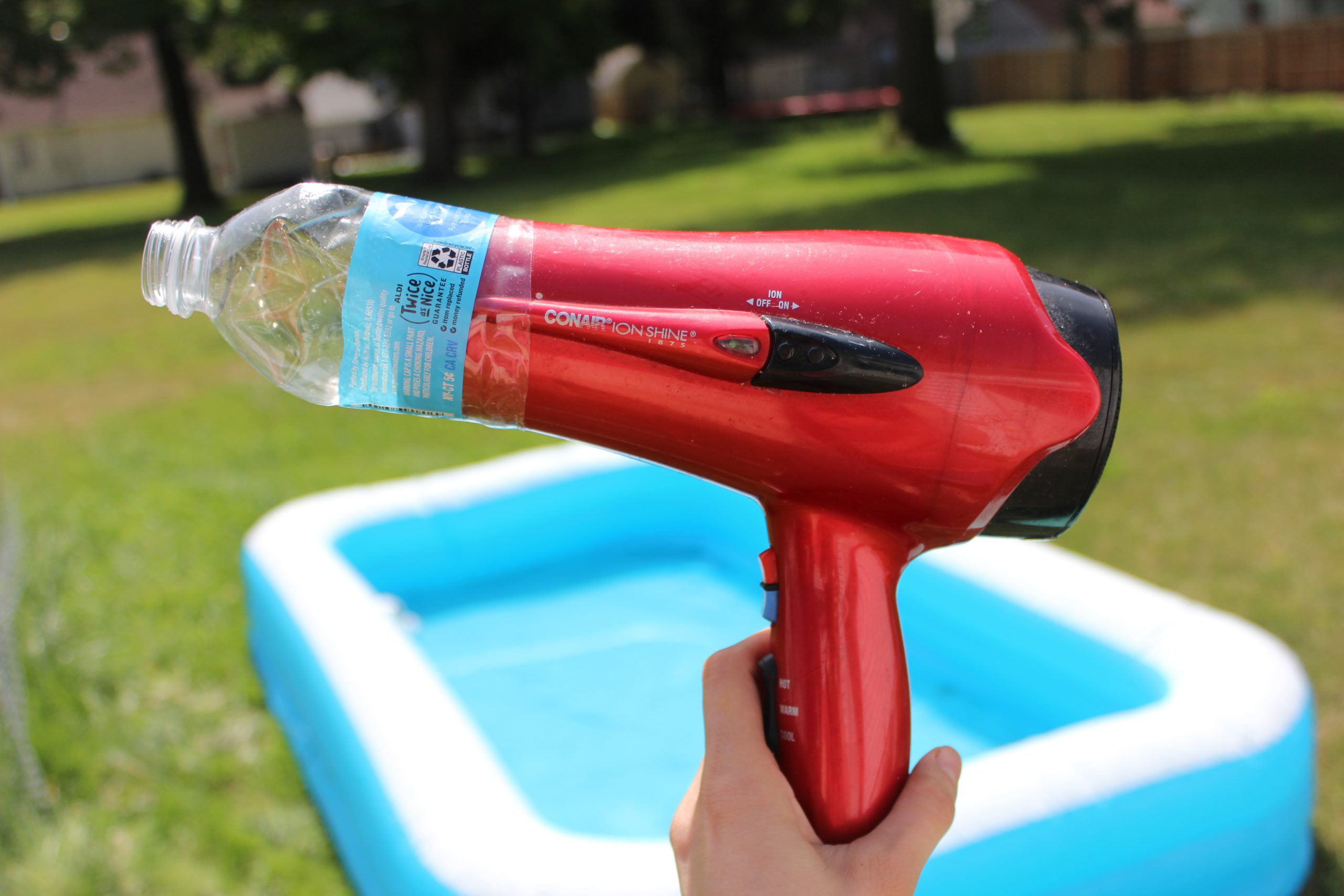

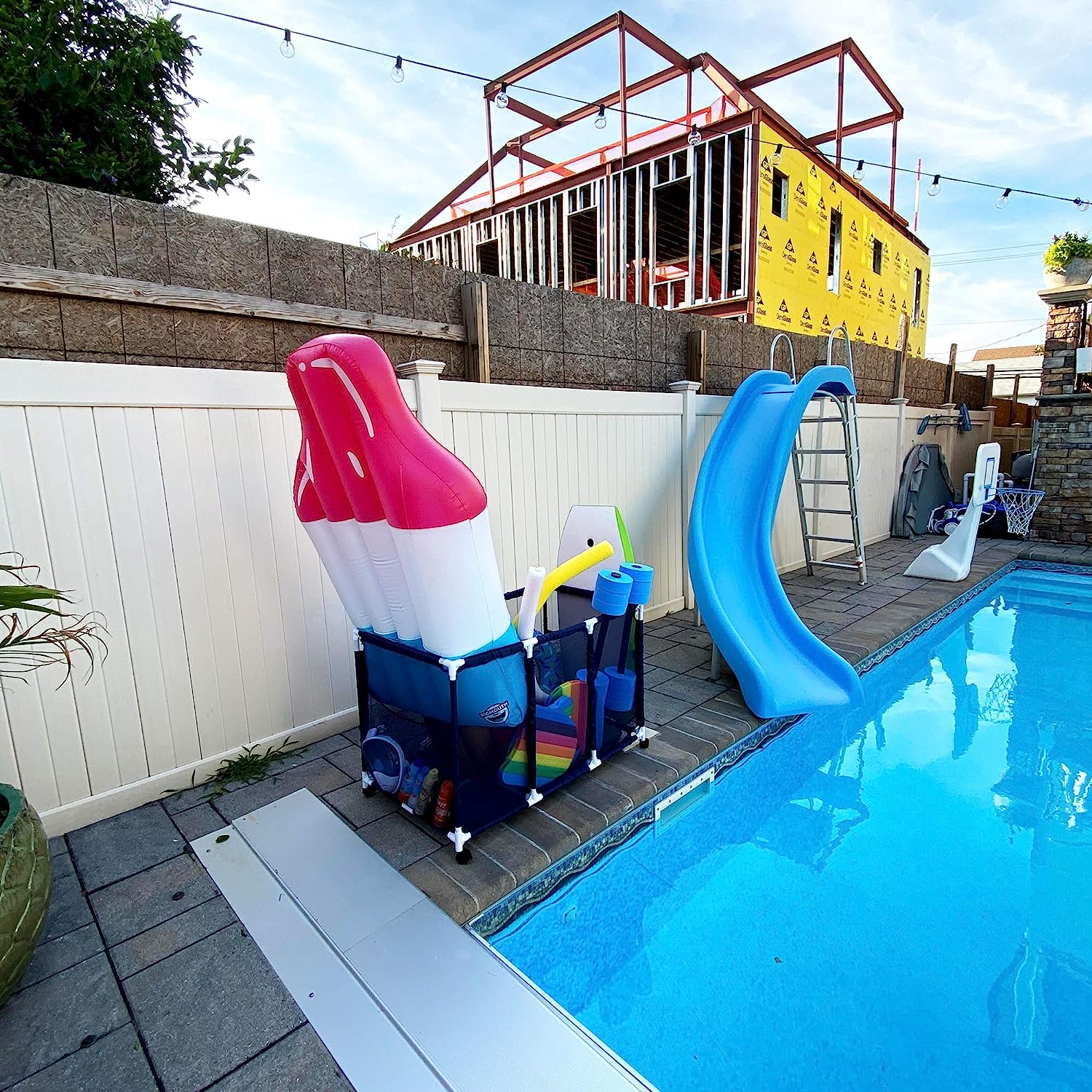
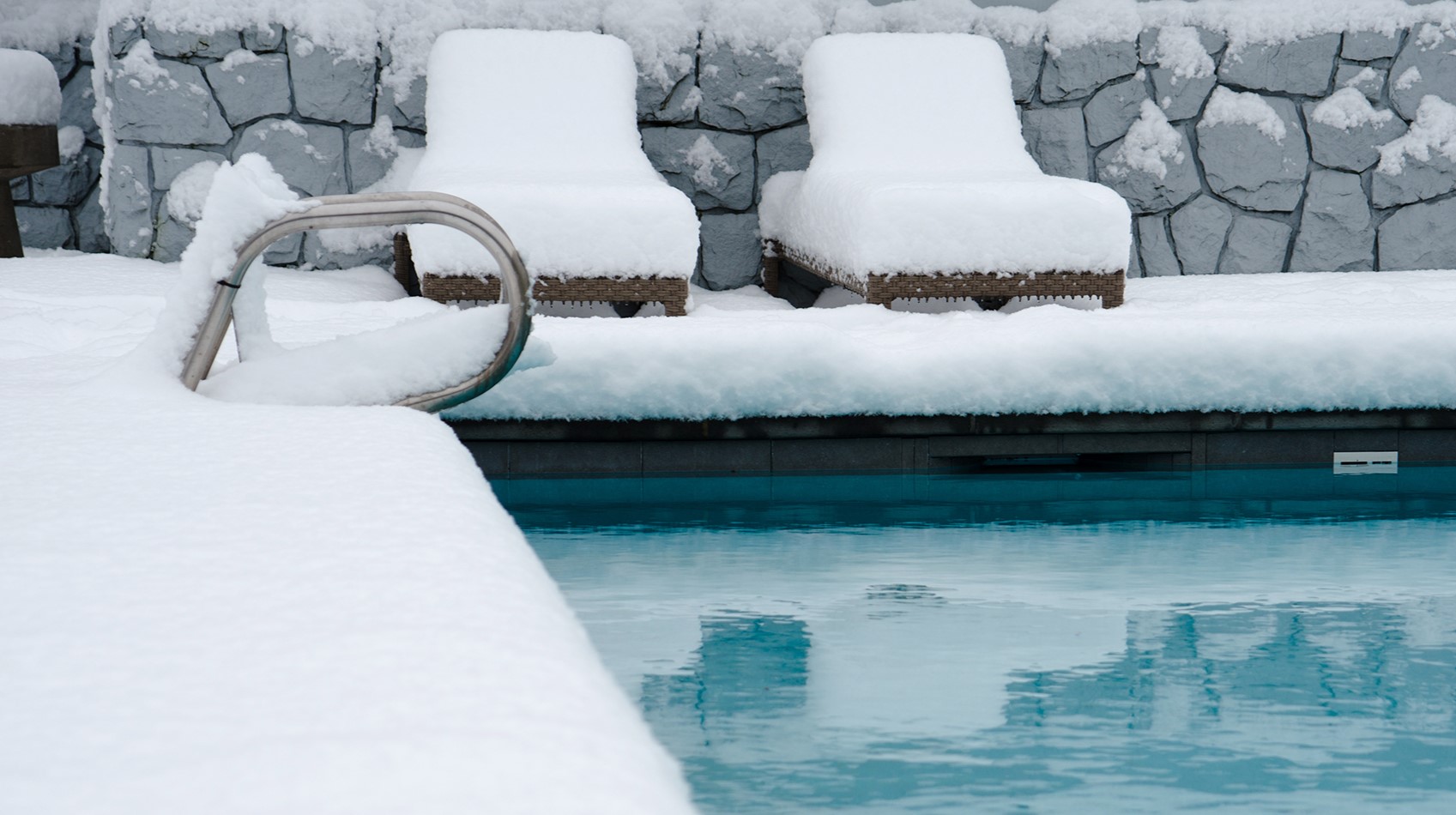
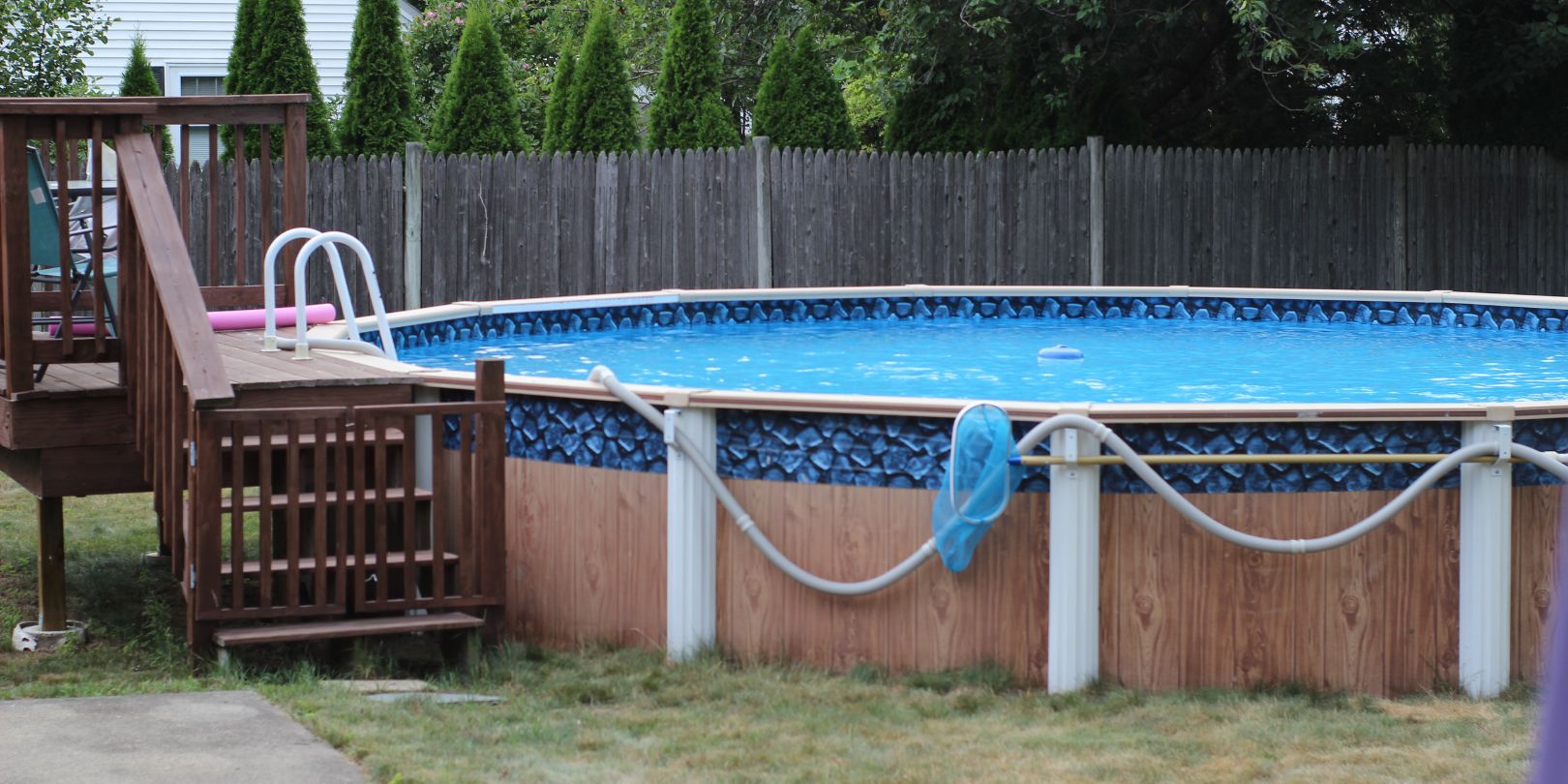
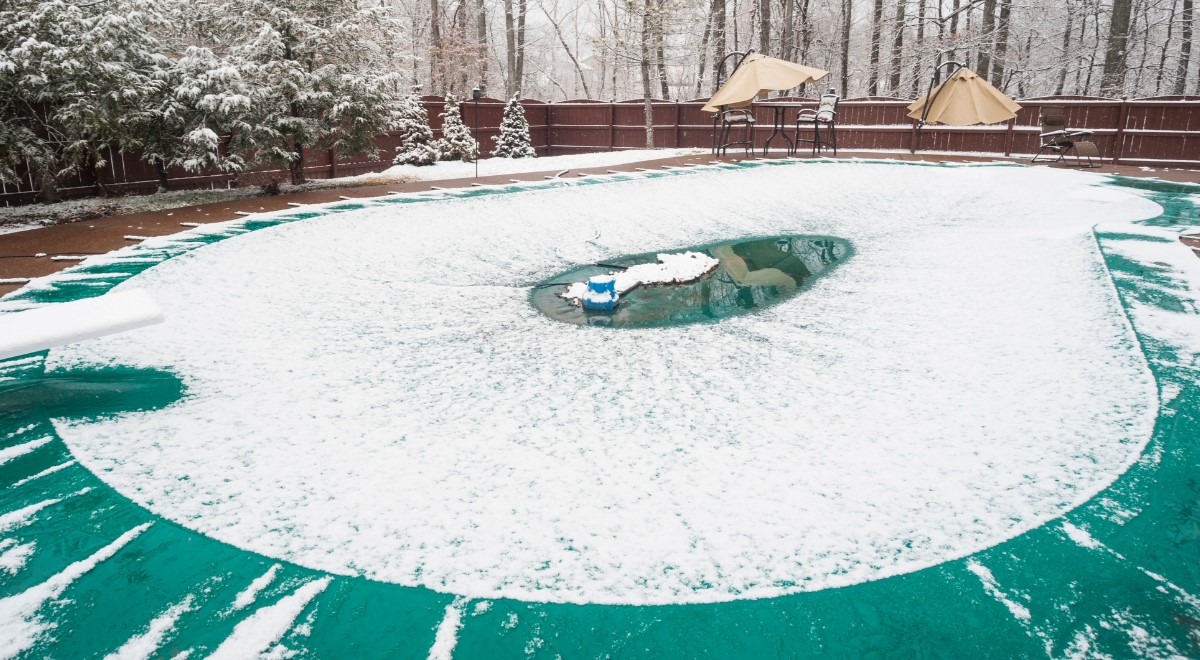
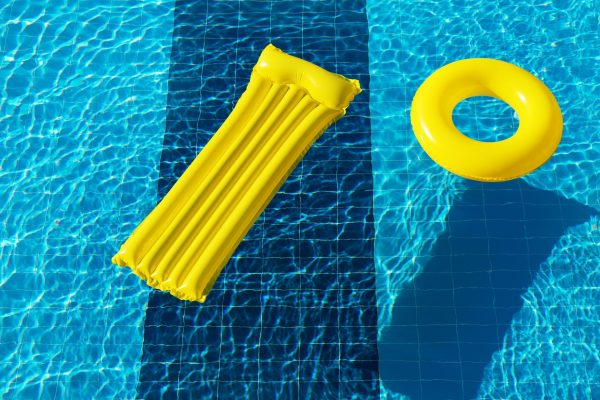
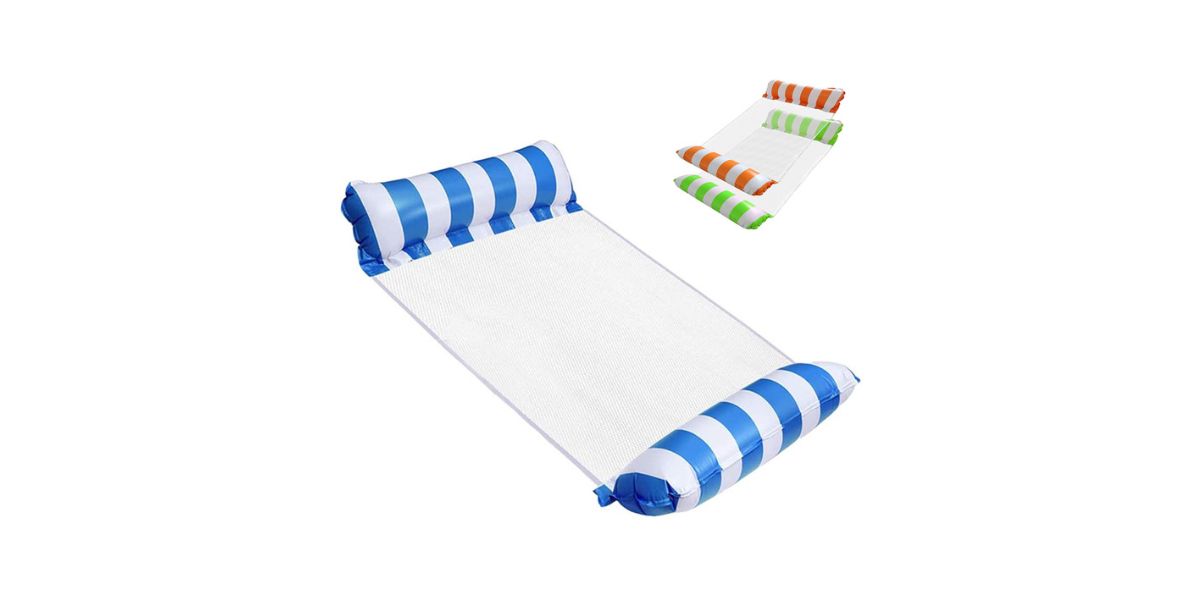
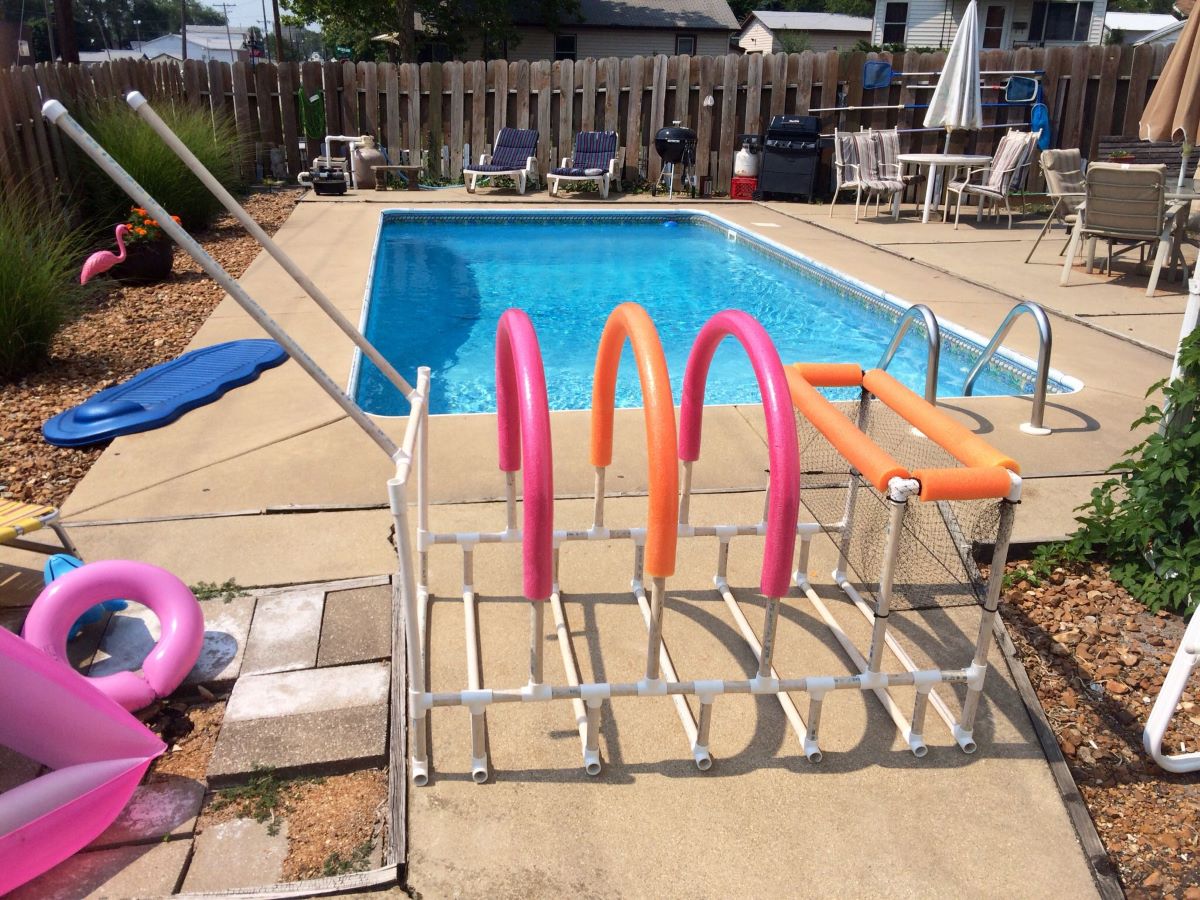

0 thoughts on “How To Store Pool Floats For Winter”